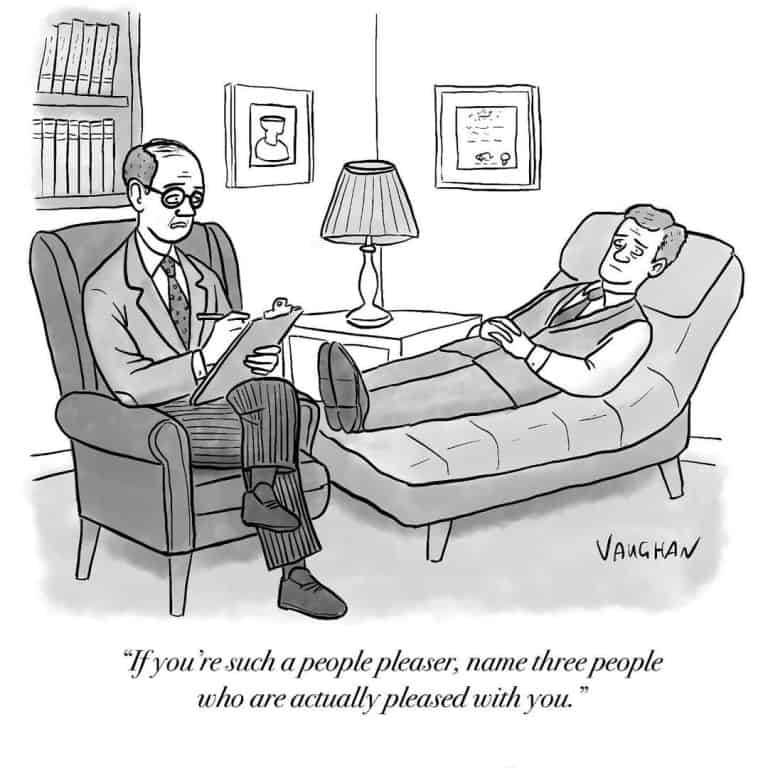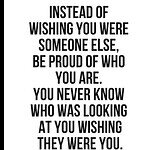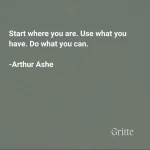First some advice for anyone struggling with addiction:
I can only speak for myself here. So, if you hear part of yourself in this just remember we don’t know each other…
Addiction was all about control for me, I felt like I didn’t have any control, especially over my thoughts, and that problem, alcohol seemed to help for a time. I did medical detox a dozen times and residential treatment 3x. Lost EVERYTHING: Job, Car, House, Family, Friends. Or so I thought… That was my rock bottom, but I could have kept going. Lord knows I could find some dynamite somewhere if I looked harder, but I decided at that point I had spent long enough trying to end my life, so I might as well try to live it now!
The thought that keeps me going many days is “The only thing I control in this universe is ME.” Life is not so easy all the time and these next thoughts have helped me tremendously with changing my mindset:
“Victims do not get sober!” – not an assault on victimhood but on the victim mentality I had about myself. I do not let myself escape culpability for my own actions; those are the only ones I need to worry my conscious with.
“I am unique, but I am not special!” – Helps me take it down a notch when I get too amped up about something… I am the only one that has lived my life in this body. However, any singular experience I have had has been experienced by someone else at some other time. Also, addiction has taught me I am a moron at knowing what to be scared of and knowing what is best for me.
There was a lot of freedom and surrender in relaxing into the riptide of life and working with it instead of swimming against it. In many ways I feel like I took the weight off my bat at 41, so now I can really swing and hit the ball. Which is great because I am not getting any younger!
TLDR: You can do it; you only lose if you quit trying. Please find a way to appreciate what you have around you and want to keep before you give it all away. Love and serenity my friend! If you cannot control you, no one else can.
Today’s Story: The Charleston Town Center Mall
The Rise, Fall, and Uncertain Future of Charleston Town Center Mall
Nestled in the heart of downtown Charleston, West Virginia, the Charleston Town Center Mall once symbolized urban ambition and regional pride. From its grand opening in 1983 to its current struggle for relevance, the mall’s story mirrors the shifting tides of retail, community, and economic transformation. Let’s take a journey through its history.
Origins and Grand Ambitions
The Charleston Town Center Mall emerged from the vision of Mayor John Hutchinson, who sought to cement Charleston’s status as southern West Virginia’s retail hub. Built on the “Super Block”—a site adjacent to the historic Triangle District—the $100 million project replaced a long-vacant area with a sprawling 931,000-square-foot structure designed by Baltimore-based RTKL Architects. Federal grants funded parking garages and a walkway linking the mall to Capitol Street, the city’s traditional shopping corridor .
When it opened in November 1983, the mall boasted three levels, 130 specialty stores, four anchor tenants (JCPenney, Sears, Kaufmann’s, and Montgomery Ward), and a three-story waterfall cascading into a garden courtyard. Skylights bathed brick-tiled walkways in natural light, while a bustling food court offered global cuisine like Greek, Chinese, and the iconic Orange Julius . By the late 1990s, annual revenues hit $200 million, solidifying its place as a regional powerhouse .
The Golden Era: Community and Culture
For decades, the mall was more than a shopping destination—it was a social hub. Families flocked to its holiday decorations, teenagers gathered at arcades, and music lovers browsed record stores like Camelot and National Record Mart. The pet store, food court, and quirky shops like Heaven (a retro-themed store selling rock teatshirts and Zotz candy) became landmarks of local culture .
Residents recall packed weekends, back-to-school shopping sprees, and the thrill of discovering hidden gems in the mall’s vibrant ecosystem. “It was where we saw friends, celebrated holidays, and felt connected,” one longtime visitor reminisced .
Cracks in the Foundation: Decline and Challenges
The mall’s decline began subtly. Montgomery Ward closed in 2001, followed by Sears (2017) and Macy’s (2019), leaving JCPenney as the sole anchor by 2024 . Competition from suburban shopping centers and online retailers like Amazon eroded foot traffic. Rent hikes and reduced sales drove out tenants like Best of Crete, a Mediterranean restaurant that relocated in 2013 after 30 years .
By 2021, over 40 storefronts stood empty, and the mall entered receivership. U.S. Bancorp acquired it for $35 million in 2019—a third of its original value—before selling to Hull Property Group in 2021 . The COVID-19 pandemic accelerated closures, leaving only 27 active stores by December 2024 .
Reinvention Efforts and New Directions
As retail faded, the mall pivoted toward mixed-use spaces. The West Virginia Music Hall of Fame and Kanawha County Public Library moved in, while the former Macy’s site was slated for an $80 million Capital Sports Center in partnership with the Charleston Coliseum . The Sears building was demolished in 2023, making way for a Hilton hotel, though plans stalled amid financial hurdles .
Hull Property Group, the current owner, aims to “reposition” the mall by integrating experiences beyond shopping. Public suggestions—like an ice rink, aquatic center, or outdoor plaza—reflect a longing for community-driven spaces .
Legacy and Lessons
The mall’s struggles are emblematic of a national trend: 25% of U.S. malls face closure as consumer habits shift . Yet, its story isn’t just about decline. The downtown area has seen a resurgence, with new restaurants and shops reviving Capitol Street—a bittersweet contrast to the mall’s fate .
For Charleston residents, the Town Center remains a repository of memories. As one local put it, “It’s sad to see it dwindle, but maybe its next chapter can honor what it once was” .
What’s Next?
The future of Charleston Town Center hinges on adaptation. Will it become a sports complex, a cultural venue, or a hybrid of retail and recreation? Whatever the outcome, its history serves as a reminder of the impermanence of urban developments.
Thank you for riding with me!
/run/media/bangy/Video/OLD/4-23-2025/aRideWithMe4-26-2025.mkv
Visibility: Mostly Sunny
GPS Coordinate Data Provided on bottom left corner with date and speed
Destinations in West Virginia by appearance:
South Charleston
US119/Corridor G – US60/MacCorkle Avenue – Spring Hill – Corridor G
Alum Creek (30:00)
Tornado (38:45)
Saint Albans (48:00)
Nitro (1:03:00)
Institute (1:08:00)
Dunbar (1:13:00)
Sod (1:42:00)
Yawkey
Little Horse Creek
Julian (2:04:00)
Camp Creek
-Now on TikTok- https://www.tiktok.com/@bangy413?_t=ZP-8vkYnsu1eZC&_r=1
Listen while you ride: My Spotify Playlists
https://open.spotify.com/playlist/5FI2WfzKqFIz5dD0BOA1iw?si=4f12084e12b247ec – Mix
https://open.spotify.com/playlist/5IWoDtlir7k6eww0PNVdGh?si=dca253ebf4e94ac1 – Chill
https://open.spotify.com/playlist/4TNiUuJHvogwtk7ZxWoOpl?si=d4594c2bf5ff4328 – Upbeat



